Learn How to Fly-fish in One Day
Tips for Beginners
When I first arrived at Malmstrom Air Force Base, there was only one thing on my mind—fly-fishing because Montana is known for having some of the best fly-fishing in the world.
For fishing enthusiasts and nature lovers out there I can’t think of a better way to spend a beautiful afternoon than being waist-deep in a cool stream with a fly rod in hand. “Matching the hatch” by using your keen sense to see the small insects that are flying around this time of year and reeling in that brown trout you saw hiding in some reeds. This is the beginning of a great adventure.
The essential equipment
Fly rod and reel I have a 9-foot and a 7-foot rod for different situations. A shorter rod helps you get into tighter spots where the fish like to hide. “Action” of the rod also plays a big part of how to cast with your rod. Find what works for you but get something that fits your budget. Fly-fishing is one of the more expensive hobbies but is well worth the money.
A good variety of basic flies Nymphs, caddis, wooly buggers, and leeches—wet versus dry. The types of flies out there will make you dizzy. Finding a local fly shop and seeing what people are talking about will help you pick something that will catch fish. Get a good variety of flies to “match the hatch,” which means looking at the insects you see flying around and trying to present your fly in the same manner. One fly might be pulling out record fish where another won’t make the fish bat an eye—swapping out your flies and trying something new at different times of the day is essential. Trout are finicky and patience is the key!
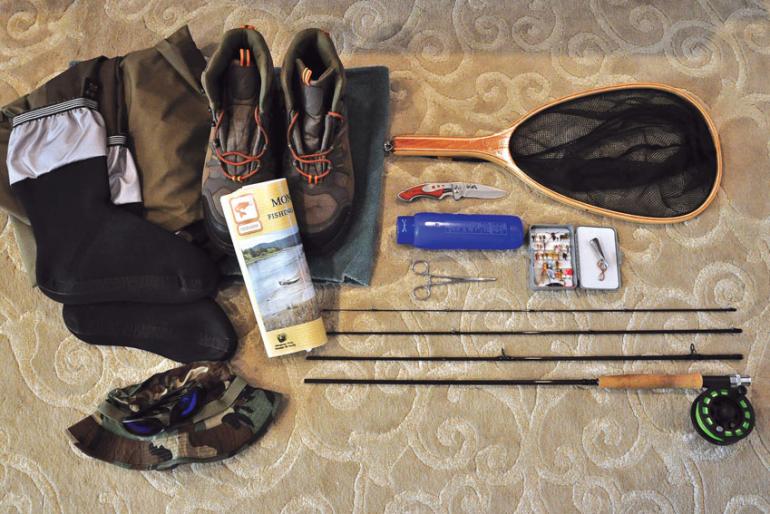
A fishing net Instead of pulling the trout out of the river and letting it flop around on the shore use a net to keep it in the water. You will save more fish from injury, especially if you are just out for a day of catch-and-release fishing. Another tip is to always wet your hands before handling a trout. Many types of trout have a protective slime on their skin to help fight off parasites and bacteria. By touching the trout excessively or with dry hands you will remove that slime.
A pair of forceps It will help remove the hooks out of the trout’s soft mouth. I grew up in the south fishing for bluegill, large- and small-mouth bass, crappie, stripers and catfish and never experienced anything like getting a hook out of a trout’s mouth. The deeper it is, the harder it is to get it out. The best way to do this is getting a tight grip on the base of the hook, which will also keep from damaging your flies. If you are using barbed hooks it might take a little more effort because they were designed to want to hold on tight. The quicker you get the hook out, the faster you get the fish back into the water.
Practice the basics
We have all heard that practice makes perfect but it has never been truer than with fly-fishing.
For casting a fly, there are two main types—overhead and roll. The overhead cast is one of the more common techniques. To start, you will want to hold the rod firmly like you were shaking someone’s hand. Your thumb should be on top of the rod because it helps with control. I tend to hold the extra line in my left hand while I’m stripping out line and getting ready to pick my spot.
Lift the rod to get your line out of the water by raising your forearm and ensure your line is tight. From here you will quickly move your arm backward to the two-o’clock position (this is loading the rod). Be sure to pause briefly at the top so your fly swings fully behind you. Once there, you will flick your arm forward and send the fly back in front of you stopping at the 10-o’clock position. If performed correctly your line will start creating a figure eight pattern in the air. I’d recommend practicing this movement without a fly at first because it’s quite unnerving the first few times you see your fly screaming at your face at Mach-one.
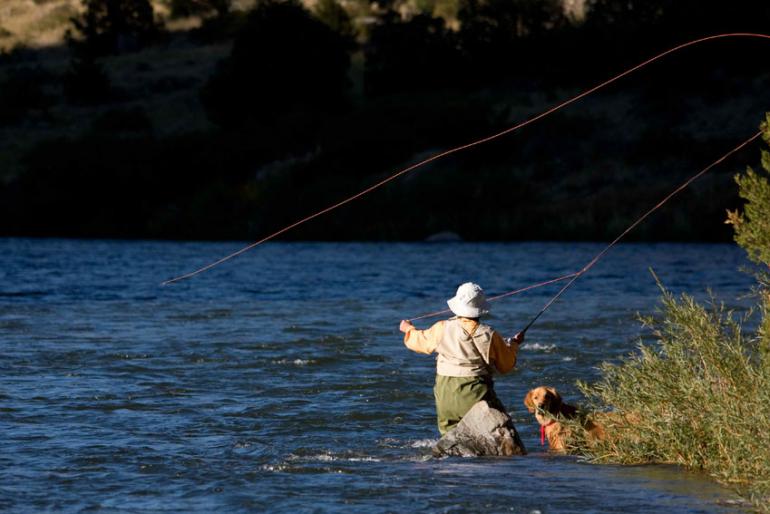
Fly-fishing is definitely about finesse and timing. With practice, you can almost put your fly right inside the fish’s mouth. The roll cast tends to be used in faster moving water like a stream or river, or can be used if you have limited space behind you to perform the overhead cast. It’s also used if the wind kicks up and makes it difficult to perform an overhead cast.
The roll cast is performed in a similar manner to the overhead cast. When you are first loading your rod you will draw it back to about the one-o’clock position just behind your ear and then quickly lower the rod in the direction of your cast. It’s important to not pause at the top or your line will get bundled in front of you, or in some cases around you. Again it’s important to practice these casts in a controlled environment so that you don’t get frustrated when the fish are jumping all around you.
Depending on the action of your rod you could add small movements to your fly when it’s in the water. These movements will lure fish in by mimicking an insect that is either emerging from the depths or something that just fell into the water. Proper presentation is another key factor in catching fish.
A great way to relieve stress
Escaping the hustle and bustle of the everyday life is something fishing provides. It allows you to get out to some beautiful remote areas with very little cellphone reception and just disconnect for a few hours.
For more information visit Montana.gov’s official site at www.fwp.mt.gov/fishing/guide/ —Here you can find rules and regulations on where you can and can’t fish, what kinds of baits you can use, and what fish you can and can’t keep. It’s a one-stop resource for all your Montana fishing needs.
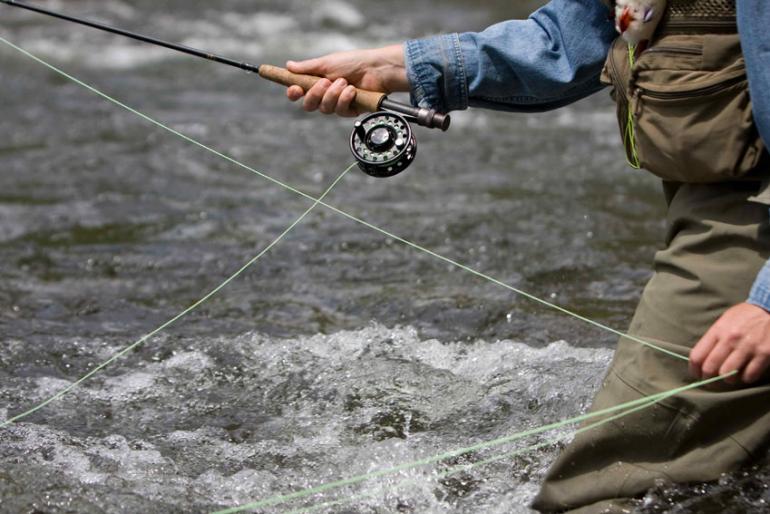
Learn the language of fly-fishing
Fly Rod A fly rod is not the same as a fishing pole. Fly rods are specially designed to cast a fly line and are commonly between 7 and 9 feet long. Also known as “rod,” as in, “don’t break your rod!”
Fly Line Fly lines have a plastic coating over a special core. They are designed with weight unevenly distributed to make it easier to cast.
Fly Reel A special fishing reel with fairly simple mechanics designed to hold large diameter fly line.
Cast There are several different types of casting, not just the fancy A River Runs Through It kind. Casting is the motion you make when you throw your line and fly on the water (very precisely!) to catch big fish.
Mending Line Mending your line is very important after you have casted. You’re constantly mending, or correcting, the way your line and fly are floating in the water. Trout are very sensitive to unnatural movement.
Strip, Stripping Your Line Retrieving your line by pulling it through your fingers instead of winding it directly onto the reel. Don’t start undressing if you hear someone on the river yell, “Strip! Strip!”
Rise, Fish Rising Fish rising to the surface to eat. This is exciting to witness as you know the fish are active and hungry. Also known as risers.
Strike Hooray! This is when a fish tries to eat your fly!
Set The Hook Once the fish strikes your fly, you must pull the line quickly so the hook sets into the fish’s mouth. It’s a delicate balance. You don’t want to set the hook too softly or slowly because the fish will get away, but you don’t want to set too hard or fast because you might rip the hook out of the fish’s mouth.
Break Off When a fish escapes by getting off the hook or breaking off the line and taking your hook with it. This is heartbreaking.
Landing A Fish Successfully reeling in your fish. Depending on your personal philosophy (and state regulations), you can either keep or release your fish. But not until after you have taken a picture with it.
Bites When you see or feel fish nibble at your fly, but you don’t successfully set the hook. The number of bites you recount are always exaggerated at the end of the day.
See more at yellowstonedestination.com/fly-fishing
• • • •
For an app that guides you to fishing sites in Montana, go to –– http://www.emountainworks.com/ –– SEE BELOW FOR MORE DETAILS...
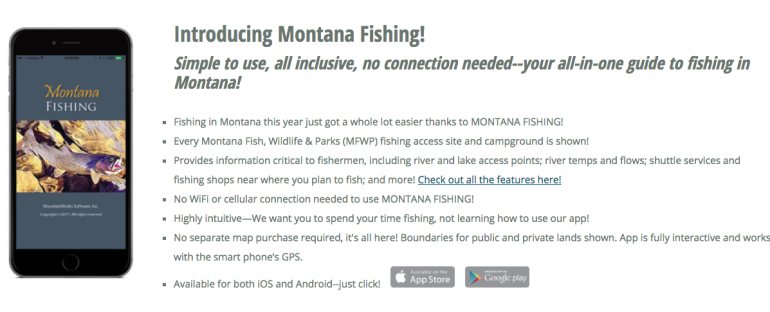
This is fly casting at its most basic level and fundamentals. When learning how to cast, it's important start with good habits. There are three keys to making good casts, beginning with a smooth acceleration, stopping the rod at the right time, and keeping the rod tip tracking in a straight line as you move it. See how ORVIS casting instructor Pete Kutzer explains and demonstrates these basic ideas of making a fly cast. For more tips on fly casting and other instructional fly fishing information, visit our other online resources.

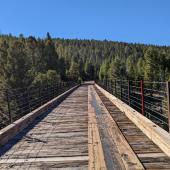

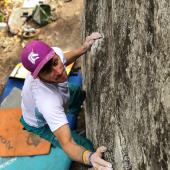
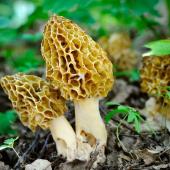
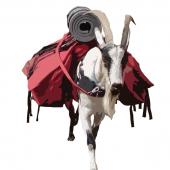
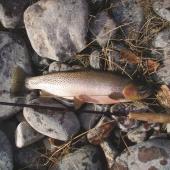

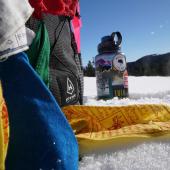
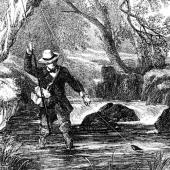
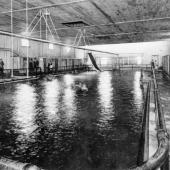
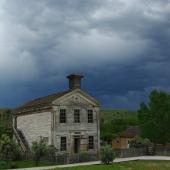
Leave a Comment Here